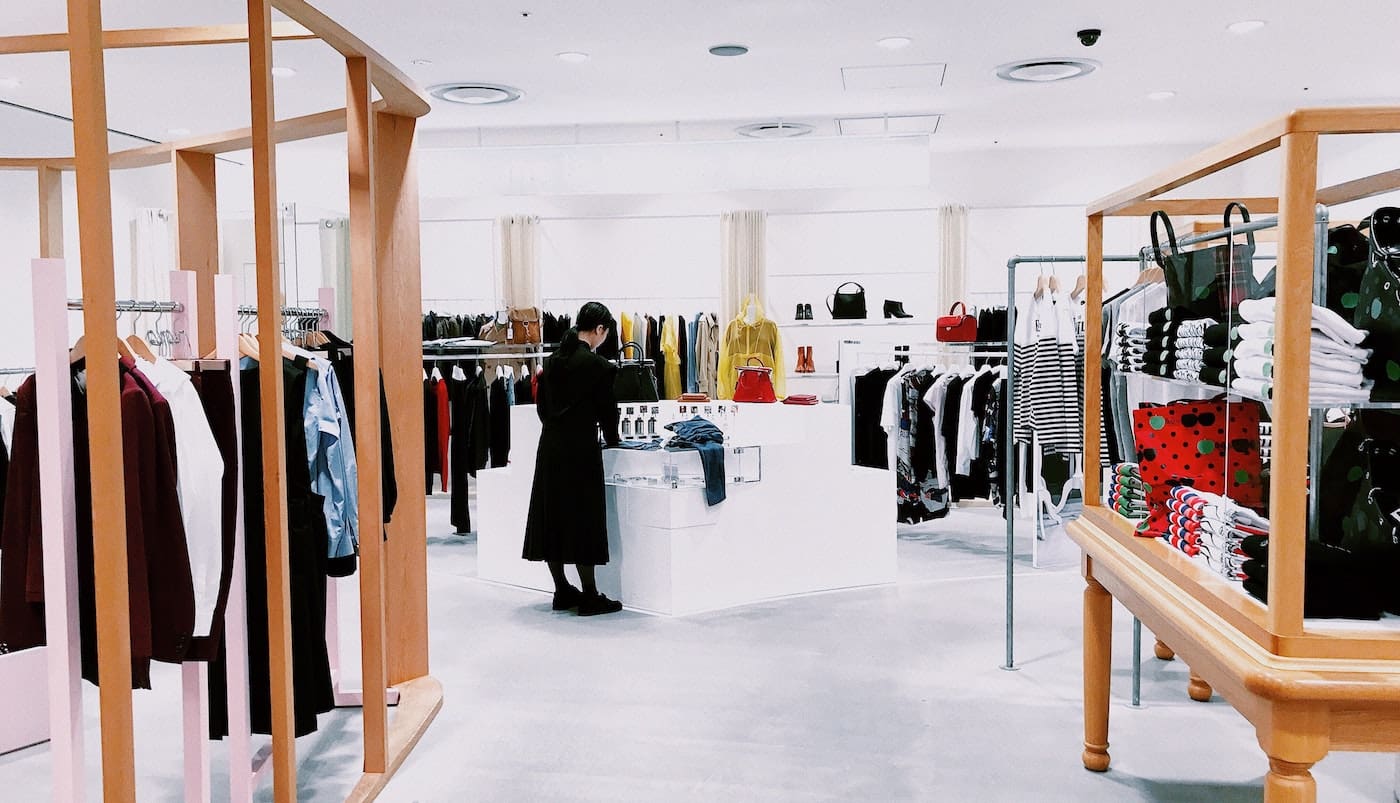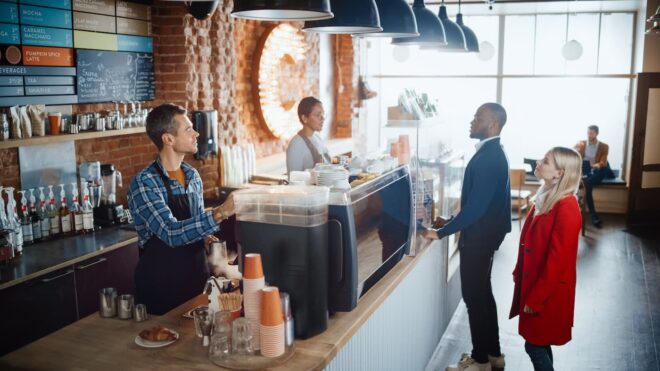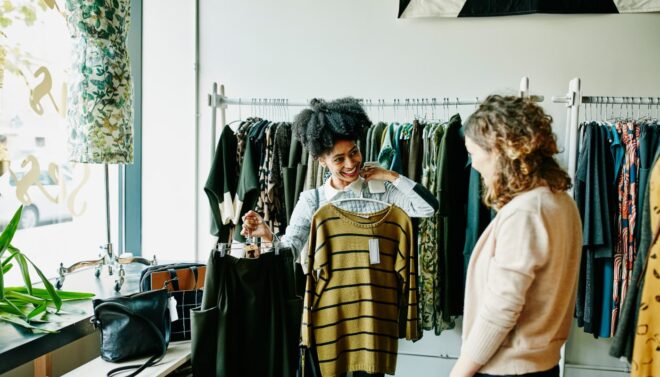For small businesses in retail, the new normal will include continuing business practices that cropped up during the pandemic and permanently raised customer expectations. The pandemic accelerated some business trends, like contactless payments, that were already growing in popularity. Other practices were adopted to capitalize on new opportunities or revenue streams, and many are here to stay.
The retail sector has had to innovate quickly to serve customers throughout the pandemic. Here are some of the changes customers will continue to expect while shopping in the future.
Personalized shopping appointments
At first, making an appointment to visit a store in person was for safety reasons and to reduce the risk of COVID-19 transmission. Now, customers are making appointments to take advantage of a personalized, in-store concierge experience. What started as a safety measure has turned into a powerful marketing opportunity.
However, this trend has implications for how you train your staff and implement technology. “The role of a retail employee has drastically changed, prompting associates to adapt skills to move seamlessly between the in-store and online experiences,” wrote Ad Age.
High-end retailers like Dolce & Gabbana and Bloomingdale’s are blending digital and in-person shopping experiences by allowing customers to book virtual shopping appointments online. Employees then either meet the customer online or in-person to give them a tour of the store, help them select and try on items, and complete the purchase. The entire experience is facilitated with technology that makes the shopping experience feel unique, personal, and tailored to the individual.
Subscription bundles for consumables
The subscription e-commerce market has basically doubled every year since 2013—and accelerated even more during the pandemic. Subscription bundles have made many customers’ lives easier for consumable products, such as styling products from salons or pantry staples from grocery stores. The convenience of subscription bundles is likely to make this trend a permanent fixture for many shoppers returning to “normal.”
Retail has seen the largest growth in subscriptions since the start of the pandemic. Recurly, a company that manages subscription programs, reported that subscriptions in the “Consumer Goods” sector have gone up by as much as 145%. A subscription option for your business can be a great way to make your revenue more predictable, smooth out peaks and dips from seasonal sales, and excite your loyal customers.
Read more: How to launch a subscription-based service for your small business
Curbside pickup/direct shipping
Customers have gained the ability to “buy on their own terms,” wrote Ad Age, and they won’t want to go back to the way things were. Research from Shopify shows that the same percentage of customers who used curbside pickup throughout the pandemic expect to continue using it going forward.
Curbside pickup and/or direct shipping have become a new standard, with implications for both your in-store experience and business operations. First, customers will have different expectations when visiting a store in person.
“We will see the change in the role of the store not just about ‘Come in and buy from me’ today but it will be ‘Come in, have a brand experience, build your shopping list, let’s connect that on your cell phone so we can directly market to you,” Michael Brown, a partner in the consumer practice of Kearney, a strategy and management consulting firm, told Ad Age.
Secondly, customers will expect great communication throughout the curbside pickup and shipping process. Timely text and email updates, efficient delivery, and easy returns are features that your business will need to be equipped to provide.
Contactless payment
Contactless payment—increasingly adopted due to early concerns about high transmission risk from credit cards and cash—rose 40% in the first quarter of 2020. Today, Mastercard estimates that nearly 80% of consumers are using some method of contactless payment.
The convenience that makes curbside pickup so popular is also driving the demand for contactless payments. Contactless payment offers customers a quicker, more flexible, and more convenient checkout. Customers can pay for their items using tap-and-go cards, digital wallets, or even online prepay. And, once a customer has started using contactless payment, they’re likely to keep using it.
“Once a consumer uses a product three times, it forms a habitual behavior that stays with them,” Linda Kirkpatrick, president of U.S. issuers, Mastercard told the US Chamber of Commerce. “Three quarters will continue to use it.”
Read more: Creating a contactless payment experience
Emphasis on shopping local
Finally, some good news for small businesses: consumers expect to continue frequenting local establishments long after the pandemic is over.
COVID-19 disrupted global supply chains, preventing many big-box retailers from offering the convenience of fast shipping from overseas providers. In response, many consumers turned to their local merchants to get their supplies safely and quickly. And, many consumers learned that small businesses right in their neighborhood were as good, if not better, than big retailers. A Nextdoor survey found that 72% of consumers believe they will frequent local businesses more often after the pandemic.
“People want to support local businesses, and that includes purchasing their favorite craft beer at the local brewery or a blouse at an area boutique. Moreover, shoppers are willing to go out of their way to do so via online local shopping, curbside pickup, or delivery,” reported Nextdoor.
We hope that, as interactions become safer and easier, your business can grow and expand! Keeping these tips in mind might help.
To learn more about Clover’s retail POS and payment solutions, talk to our merchant services team today.






